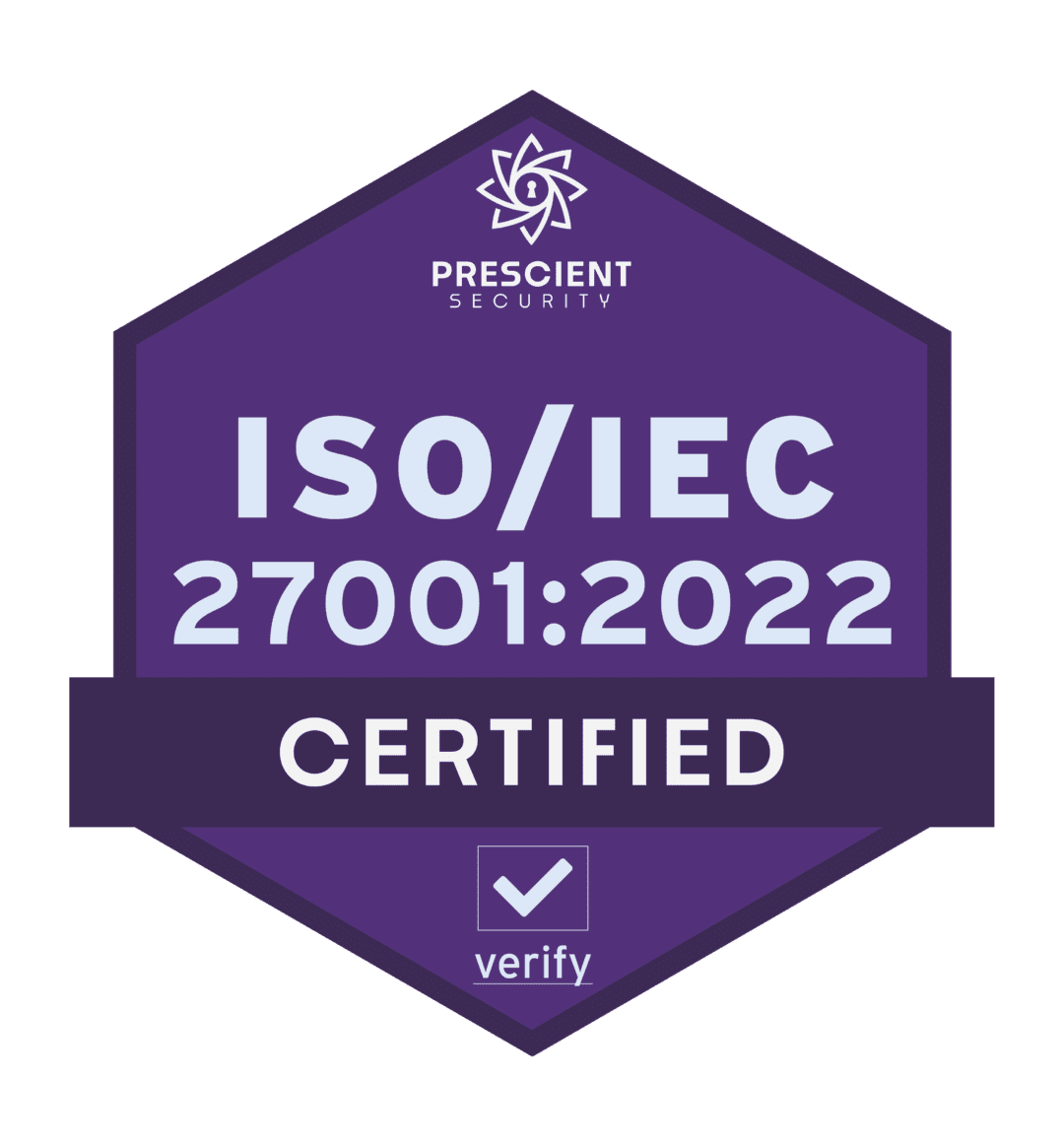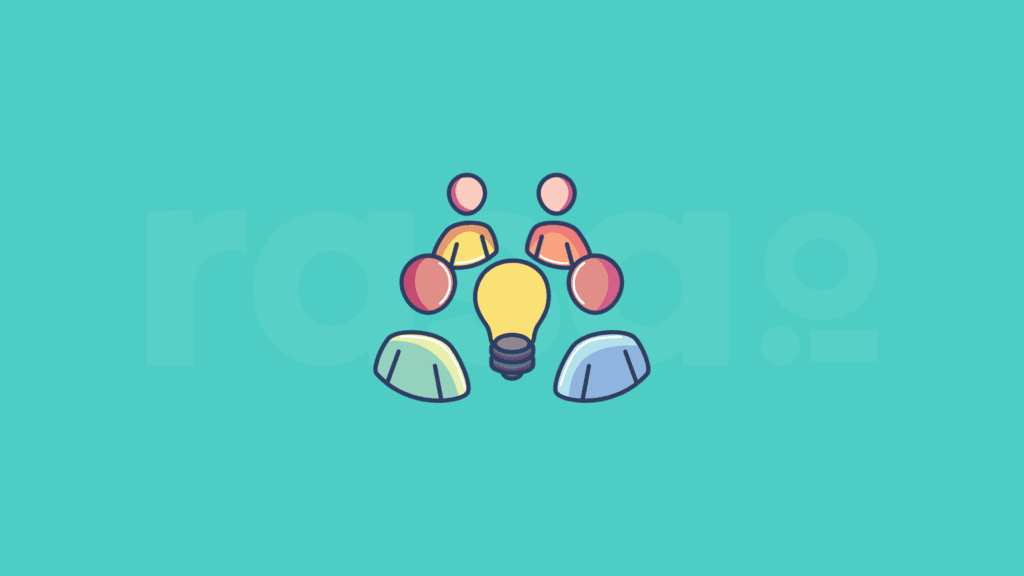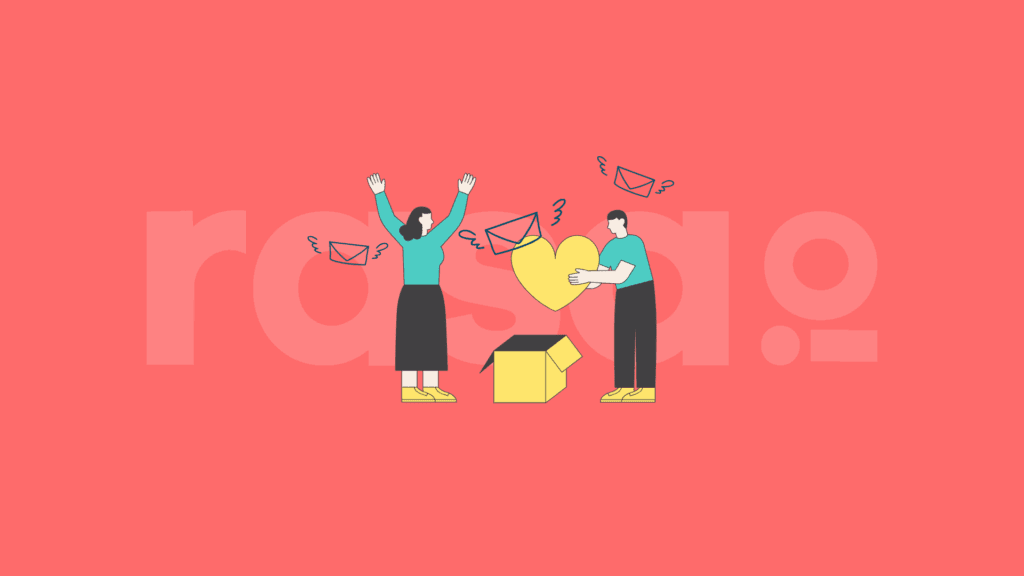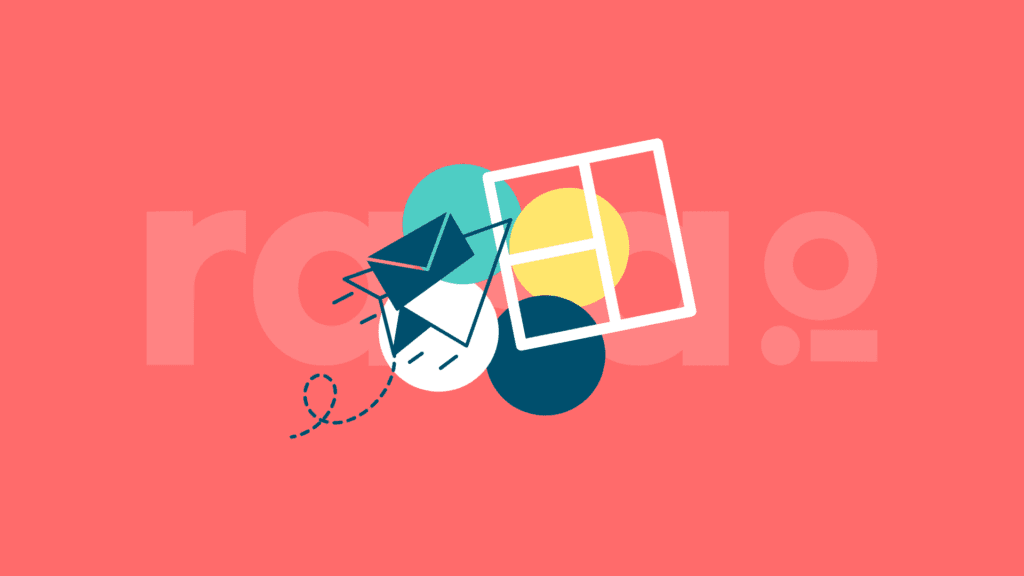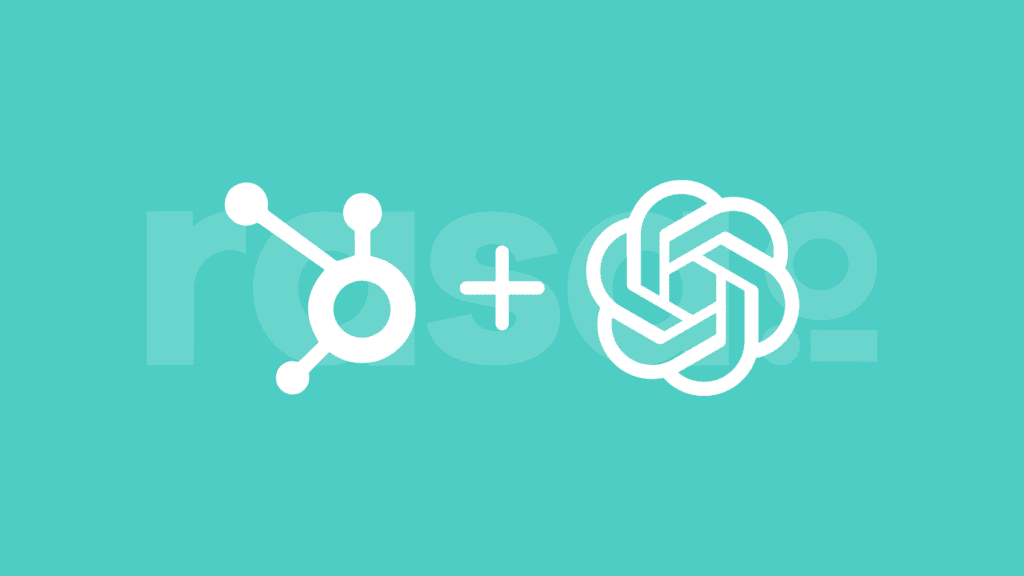Brendan Kane
How a growth strategist and author who gained 1 million social media followers in less than 30 days gets more out of email. This is Brendan Kane’s story about Pushing Send.
Brendan Kane is a growth strategist and author that gained 1 million social media followers in less than 30 days. He’s worked with Fortune 500 companies and celebrites to grow their influence.
Key Points From This Episode:
- Brendan talks about the two key factors to being successful with content on any platform.
- He describes that email is just like any other platform in that you want to use it in a way that serves the person that’s being sent to and give them value.
- There is a big distinction between what people want and what people need. It is important to lead with what the customer wants to get them to what they need to create a larger impact.
- Brendan shares that we all fall into this trap of just constantly just doing the same thing over and over again, without really learning something from it. Quality vs quantity is the key.
- Email is part of the growth plan of Brendan’s business and he views it as a way to stay connected, keep the conversation going after the initial purchase of his books, create lifetime value and maximize revenue.
- Brendan also shares his email process and how he uses A/B testing to drive open rates.
Tweetables:
“Just grabbing attention, isn’t enough on its own. You have to have the story or the substance to back up the reason for grabbing that attention.” – @BrendanKane2
“It’s like any other platform in that you want to use it in a way that serving the person that’s being sent to so often when we’re creating content, the biggest mistake that we make is we’re designing it for ourselves instead of, for our audience.” – @BrendanKane2
“We’ve just seen over time. It’s just, it’s quality over quantity. It really is. And if you have that mindset, you’ll ultimately get to success and to the answers. You’re looking for much faster.” – @BrendanKane2
“I’ve got to do it. I’ve got to grow up in my hands and experience it so I can figure out how it works. And then once I know how it works, then I can scale it.” – @BrendanKane2
Links Mentioned in Today’s Episode:
Episode Transcript
Brendan Kane:
And when I talk about hook points or grabbing people’s attention, we focus on three core pillars is a, you’ve got to grab their attention. And then once you have their attention, what is the story that you’re going to tell to maintain and retain that attention? And three, are you doing it in such a way that’s believable, incredible and building trust with the person doing it and all three have to play in together. Because if you don’t grab the attention, you never get to your story. If you grab the attention and you’re just using clickbait and your story doesn’t match up, or your story is not compelling, it falls flat. If you grab attention in your stories, good, but people don’t believe it. Then it falls apart. Just grabbing attention. Isn’t enough on its own. You have to have the story or the substance to back up the reason for grabbing that attention.
Bryan Kelly:
From rasa.io, the free tool for sending smarter and better email newsletters. This is Pushing Send, a show featuring people who send emails, their subscribers actually want to read. I’m Bryan Kelly, and on today’s show how a growth strategist and author who gained 1 million social media followers in less than 30 days gets more out of email. Here’s Brendan Kane. So your book 1 Million Followers is about great content that’s engaging and shareable. How do you think these apply to email as just another platform or channel?
Brendan Kane:
So let’s talk about the two key factors to being successful with content on any platform from our experiences is one, do you create that pattern interruption, where you get somebody to just stop? Because your first job as a content creator, whether it’s email or a social video or an image post or whatever, it’s just to get somebody to stop in their feed. And with email, email has a feed. People may not look at it in the same way as, as a Instagram feed or YouTube feed, but it is. And when you open up your email, there’s hundreds in some cases, thousands of content there and what is the first place that you get somebody to stop? That’s what the subject line. So your first job is to create that pattern interruption, to get somebody to stop. And then your second job is once you have their attention, how long can you maintain that attention? And with social media, these two things are critically important because it dictates the algorithms. Uh, the ability to give you reach. I don’t know if you saw the movie Social Dilemma, but they articulate this very well with their simulations of what the algorithms actually look like and visualizing it through three individual people. But the same principles apply for an email is your first job is how do I just get somebody to stop and click on open my email? And then secondarily, what is the messaging it’s maintaining their attention for the longest period of time so that you can get them to perform the quality of action that you’re going after. And to me, that’s the definition of great content is can you get somebody to stop? Can you get somebody to pay attention long enough that you can get to your core message or your core value proposition that will ultimately drive whatever KPI you’re going after? Yeah.
Bryan Kelly:
Yes. It’s all about providing value, which resonates and connects with the subscribers.
Brendan Kane:
Yeah, and I, listen, I’m not an expert in email marketing, but I know enough. And from what I’ve heard, I know deliverability really plays off the fact are people opening? Are they engaging with your emails versus hitting the spam filter or just not, or just deleting it and not opening it? So I would imagine that there’s a, a more primitive version of what the social algorithms do that applies to, to email as well. That controls your success of deliverability to the people on your list
Bryan Kelly:
With your second book Hook Point. It’s about getting attention. And again, how do you think this applies to email?
Brendan Kane:
Well, uh, I want to say that people’s attention spans are short in terms of what they’re going to pay attention to because there’s so much competition for everybody’s attention. So going back to the suit, two simple principles is get somebody to stop and open. And then two, once you have that attention maintain it, it’s very simple, but it’s not necessarily easy. Now, once you have somebody’s attention, you can maintain it for a long period of time. Like, look at Netflix, for example, is like people will binge watch something for 10 hours on a weekend, or you look at a podcast like Joe Rogan, people will sit there and watch a two and a half hour interview. Then that’s why I spent the last two years consolidating all this information about how to grab attention in the world that we live in into the Hook Point book, because I see so many companies out there that have a truly remarkable product, a truly remarkable service, or the ability to impact somebody’s lives in a truly positive way. They’re just not grabbing that attention to, to get them into that conversation. And most of the times what they’re doing is they’re actually starting with their product or starting with their story or their unique value proposition that doesn’t really serve, serve them best in terms of how do I just get that pattern interruption to take form. And just when the first part of the conversation to get to your true genius to get to your story.
Bryan Kelly:
Absolutely. When you were talking about that, it made me think about how important it is to give someone something that’s worth their time beyond just hooking them.
Brendan Kane:
And that was really what happened with my first book. You know, 1 Million Followers, how I built a massive social audience in 30 days, that was a hook to create that pattern interruption, to get people, to stop, to take them on a journey of what I believe that they need to know in order to be successful on social platforms. Now there’s people that are, are, think it’s a scam or think it’s kind of not real, but once they dive into the substance of the book, then they see now I’m, am I going to say that everybody has a positive experience with the book? No, there’s some people that don’t like it, but a vast majority of the people that actually take the time to dive into it, see that there’s substance there, because collectively of all the people featured in it, we’ve amassed well over a hundred million followers and 50 billion views and they keep growing every day. So with that, as an example is we started off with a hook of zero to a million followers in 30 days. And then we express the story around that hook, through all of the people featured in it, our tactics, our strategies, and deliver on it. And it’s done in such a way that for a majority of people that trust and credibility is built by, you know, all of the people involved in, you know, all of the strategies that we’ve all collectively came together to share for a greater purpose of helping people express their message in a positive and powerful way.
Bryan Kelly:
Now you’ve obviously cultivated a certain expertise over the years. And as you mentioned a moment ago, you’re not an email expert, but how do you think about it as a different content format than social media?
Brendan Kane:
Yeah, I mean, to me, it’s, it’s like any other platform in that you want to use it in a way that serving the person that’s being sent to so often when we’re creating content, the biggest mistake that we make is we’re designing it for ourselves instead of, for our audience. When we’re looking at an email, for example, we put ourselves in the shoes of the person that is living a busy life or whatever that core demo is. And they open their inbox and they probably got a few hundred emails. So what is going to serve them in opening that email? What is the value that they’re getting out of it because we know what we’re trying to achieve with it, but so oftentimes that can fall flat because it comes off as selfish. It comes off as it’s designed for, Hey, I just want to sell you this. I want you to get to opt in for this. I want you to attend this webinar, whatever it is, instead of really diving into the psychology of who is actually going to be opening this email and what challenges are they facing? What is going on in their daily life, or how do we contribute to bettering their life? And there’s a, there’s also what we talk about and just developing hook points for social applies to email as well. There’s a very big distinction between what people want and what people need. And oftentimes when we’re developing a product or business or a brand, we’re so entrenched into it every day. And it’s almost like you can’t see the forest through the trees that we know what the consumer needs yet the consumer may not be there yet. So we may need to read with what they want to get them to, where they need to give you an analogy of that is going back to the 1 million followers concept. I knew that people wanted followers and they still want followers, but I also knew what they needed was an understanding of how social media works, how algorithms work, how to test content, how to create shareable content, how to use strategic alliances. But if I led with any of those, it wouldn’t have the same impact. So that’s what I would kind of look at it from an email perspective is where is your audience in their customer journey? What state of mind are they in? What are they looking to solve? What are the challenges they’re facing and make sure that you’re serving the end person, that’s opening the email instead of serving yourself.
Bryan Kelly:
It’s great to understand what people want so you can gain their attention, but once you have it being able to show them what they need is incredibly powerful.
Brendan Kane:
And also I would look at, and this is the way that we look at social media is before you create a post or publish a post is ask yourself why, why am I doing this? Why do I believe this is going to be valuable? What am I going to learn from it? What is the hypothesis that I’m setting for this email that I’m crafting and sending out? Because we all fall into this trap of just constantly just doing the same thing over and over again, without really learning something from it. And that’s where it becomes very difficult to get better at something, no matter what platform is, if you’re not going out there and really consciously designing your content and understanding with each piece of content, what you’re looking to learn, what you’re looking to achieve, it becomes very hard to really optimize and get good at that process. No matter what platform,
Bryan Kelly:
Ugh, it’s so hard not to fall into a rut of going through the motions and getting something out the door.
Brendan Kane:
Yeah. And I think that’s a lot of times that’s the mindset is we just got to get something out the door and it happens a lot in social media. There’s so much information out there that you’ve had to be posting every day or post multiple times a day or post is create as much content as possible. And we’ve just seen over time. It’s just it’s quality over quantity. It really is. And if you have that mindset, you’ll ultimately get to success and to the answers. You’re looking for much faster.
Bryan Kelly:
When we come back, Brendan shares, what he’s learned about email, why it’s become so important to him right now and how he fully optimizes his email newsletter each week. I’m Bryan Kelly. And you’re listening to Pushing, Send from rasa,io
rasa.io:
Creating email newsletters takes a lot of time. You might curate articles, write content, tweak your template, and look up metrics and not to mention you’re probably doing all of this once a week. Well at rasa.io, we said enough and built a free tool to simplify the process, which saves you time. It also uses AI to personalize emails for each subscriber based on their interests. That means they get stuff they like to read. Want to see how it works. Visit www.rasa.io and click how it works.
Bryan Kelly:
Welcome back to Pushing Send. I’m Bryan Kelly. Brendan Kane is in demand as a social media growth strategist. And he’s come to appreciate how important email is to the growth of his own business. Here’s Brendan sharing specifics with me. I know you’ve got years of experience building brands by leveraging growth hacks, but how has email specifically been a factor in your career?
Brendan Kane:
Well, right now I would say email is becoming probably the most critical point over the course of my career, in that with our brands, we’re selling a ton of books every month direct to consumer, and that gives us the right and the option, or it gives us the opportunity to collect that person’s email to collect that person’s phone number and to continue the conversation. And that’s where we we’ve really been diving into the psychology and planning out what is the future of the business look like knowing that we’re capturing all of this information and how do we best serve that client and continue the conversation past the initial pass the initial transaction to stay connected, to provide as much value and teach them as much as possible, but also from an end business goal, extend that they will grow lifetime value of the leads that we’re acquiring. And I’ve been focusing on models very heavily that allow us to essentially recoup our advertising costs for that lead and essentially capture that lead and email for free so that we can scale to massive email lists. And we have been scaling at a very, very strong rate and we continue to get better and smarter and how to maximize it. But the way that we’re looking at it is the way to really extend that communication to them, get a better understanding of what their needs and desires are. And that’s correlatively giving them options that we can help them on the journey they’re on to overcome the challenges that are facing.
Bryan Kelly:
What’s the reason for this focus. You just mentioned that right now, email is becoming critical for you.
Brendan Kane:
Well, it started with the fact that I needed to figure out how to sell books. Because with traditional publishing, they don’t do anything for you. They don’t do any marketing and lesser cutting you a seven figure advance check, which they don’t do for first-time authors. So I was thrust into a world where I published a book and realized, and I knew this going in cause I was told it that the publishers weren’t going to do anything for you. So I had to quickly figure out, well, what is the best way to sell books? And with my experience in media buying and in social advertising, we found the best model. And the best way to do that is to sell direct consumer through social ads. And as we got better and better at that, we would look at, you know, what is our cost per lead was or cost per acquisition? What is our lifetime value? And through that experience, I would see that we were selling a ton of books and not necessarily generating profit on the front end, which in some ways I kind of thought that we were going to generate a profit on, on the front end in some ways I didn’t think it was, but I had to have that experience. And as I just saw the data and continue to see the data that really our end goal is, is to get as close to break even on the front end. Well, okay, once you’re breaking them in the front end, then you need to find a way to really maximize that lead and turn it into a profitable equation. And that’s when I started seeing revenue come in through subsequent post email sequences and email campaigns that we would launch. And that just really demonstrated and showed me, you know, the power of email. Now it’s not to say that I had never been told that or have heard that I am just such an experiential learner, that I don’t really understand something until I do it. So I can hear something and understand it at a very high level conceptual level, but I have to actually see it myself on a project that we’ve launched and done to understand it at a deep level. And then once they understand at a deep level, I can deconstruct how and why it works and then put the pieces together and figure out how that leads to scale.
Bryan Kelly:
It was really, really smart. And I love your hands on approach and not a lot of people do
Brendan Kane:
I, I mean, maybe there’s some people out there that can just read a book or read an article and fully understand it and grasp it. But I can’t, I’ve got to do it. I’ve got to grow up in my hands and experience it so I can figure out how it works. And then once I know how it works, then I can scale it.
Bryan Kelly:
So what does the process look like for putting together your email newsletter each week? So we start with a, just a high level brainstorming session of what do we want to express in the newsletter this week? And that can come from, what have we learned? How does it tie into what journey that we want to take them on or a new product that we’re launching. And then once we have that subject matter, we will craft that email, look at it as a team. And then one of the biggest parts of it is we come up with about five different subject lines. And when we’re ready to launch that newsletter, we AB test those. So we have a subset of like, I think it’s like 2000 emails to each of the five and we measure which subject line is driving the highest open rate. And then we push the rest to the remainder of the list. We choose the winning variation for the subject line, and then we push it into the entire list. And then for those people that don’t open, we retarget those people that don’t open with the second highest performing subject line. And then after that, we look at the data specifically around that specific newsletter, the subject line, the click-throughs, all of that and make hypotheses of what we can learn from it and how we can apply those learnings to the next week.
Bryan Kelly:
Wait, what you do that every week? Oh my goodness. I love it. Most of us do not go through that much effort with such a high degree of attention. That’s awesome.
Brendan Kane:
The way that I look at it is, is if you’re not doing that, then why invest the energy to produce it in the first place? Because even if you’re just doing it on your own it’s time, but for me, I’ve got team, I’ve got a paid team. So that’s an expense for me regardless. So if I’m going to pay, and this is the conversation I have with brands at work within it’s baffling to me sometimes when we work with companies that have, you know, 10, 15, 20 people on a team and they’re spending, you know, a good fortune paying these people, and yet you’re not sitting there trying to optimize the output from that team and get better. You’re essentially just burning cash. Now you may still be making money. I’m not saying that you can’t be profitable that way, but are you really growing the brand? And some businesses aren’t profitable because of that because they don’t maximize the output of the team that they work with.
Bryan Kelly:
With what you’ve described, you’re optimizing those messages. So the person who receives it is actually going to get something out of it and they’ll then have a reason to pay attention to your future emails, right? So it’s an opportunity to go deeper with your audience, which then pays dividends for both them and your business.
Brendan Kane:
I mean, it’s a really great point. It’s kind of what we were talking about earlier is let’s say you have a newsletter, like one or a series of them that you believe can have a tremendous impact on somebody’s business or somebody’s brand and you’re not going through this process and your open rates 10%. Now, imagine if you took the energy and you push that open rate to 46%, imagine the impact that you would have.
Bryan Kelly:
Brendan’s commitment to optimizing his emails to better serve and engage. His audience is incredible. Maybe you’re already paying this much attention and detail to your newsletter, but if you’re not, his approach may provide some really good inspiration coming up on our next episode, we’ll hear from Yaro Bagriy, the founder of newsletter, Crew.com, a community that helps people become successful newsletter creators. Don’t miss what Yaro shares with me. So if you’re listening to Pushing Send for the first time, be sure to go and subscribe at Apple podcasts or wherever you’re listening to this episode. So you don’t miss anything else. And if you’ve enjoyed what you’ve heard, I’d encourage you to check out a few other episodes while you’re here. Lastly, if you leave a review that will help us share these stories with other people, just like you we’d really appreciate it. So thanks in advance for doing that. I’m Bryan Kelly, and you’ve been listening to Pushing Send from rasa.io.







